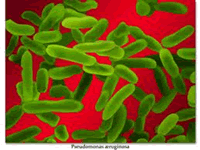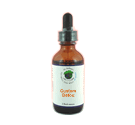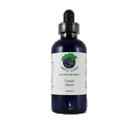 Arthropod/Vector
Bacteria
Chemicals
Fungus /Mold
/ Yeast Metals Parasites Virus Other Arthropod/Vector
Bacteria
Chemicals
Fungus /Mold
/ Yeast Metals Parasites Virus Other
|
Pseudomonas
P. syringae is a prolific plant pathogen, many of which demonstrate a high degree of host plant specificity. There are numerous other Pseudomonas species that can act as plant pathogens. Although not strictly a plant pathogen, P. tolaasii can be a major agricultural problem as it can cause bacterial blotch of cultivated mushrooms. Similarly, P. agarici can cause drippy gill in cultivated mushrooms. An article published in the journal Scientific American in 2008 showed Pseudomonas may be the most common nucleator of ice crystals in clouds. This makes them extremely important in the formation of snow and rain around the world so exposure to some strains may be acquired simply by breathing! Certain members of the Pseudomonas genus have been applied to cereal seeds or applied directly to soils as a way of preventing the growth or establishment of crop pathogens. This practice is generically referred to as biocontrol, using one organism to control the effects of another. This is considered as harmless as having a dog protect your property, but the genetic imprint of the Pseudomonas on foods we eat can leave an energetic marker that allows it to become more easily pathogenic in our body. This Quantum Formula antidotes the various species in the Psudomonas genus as well as catalase, oxidization, pyoverdine, pyocyanin, thioquinolobactin, di-2,4-diacetylfluoroglucylmethane and phenazine. |
|



